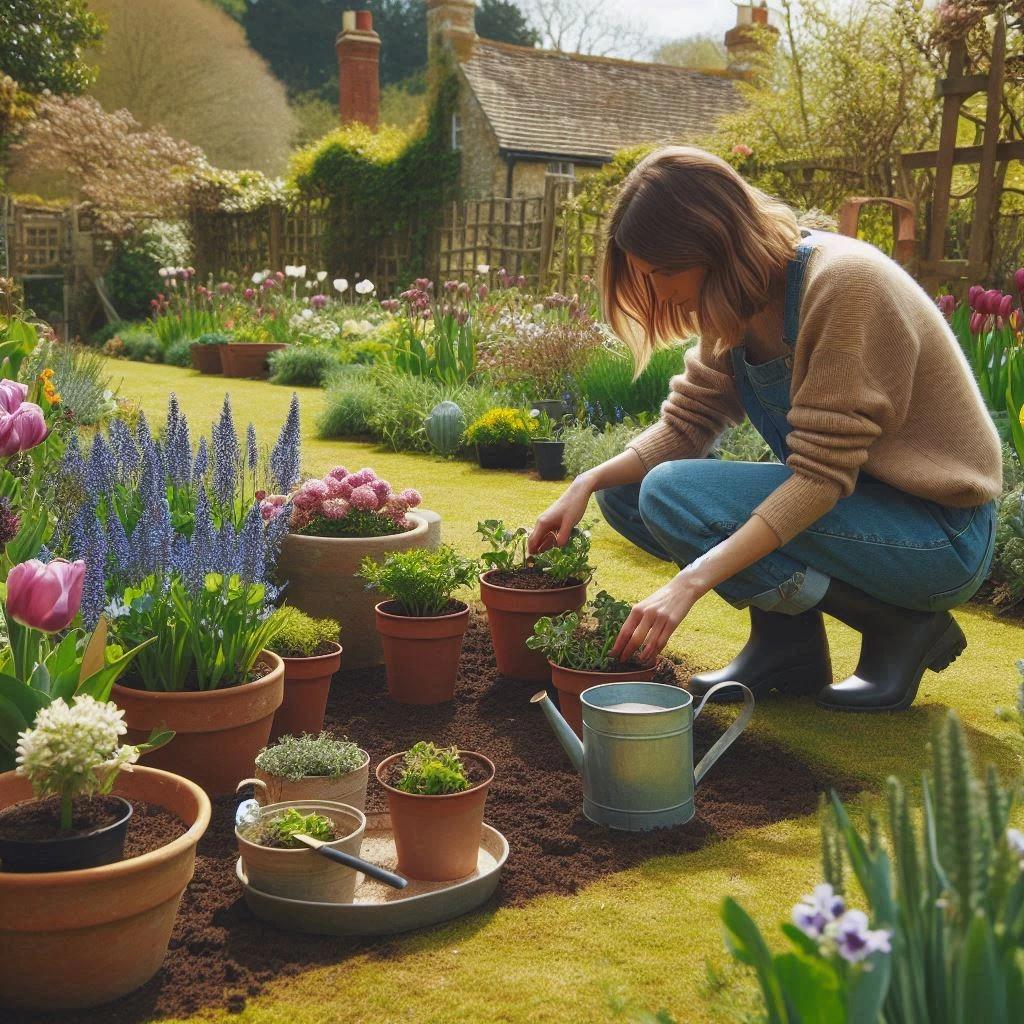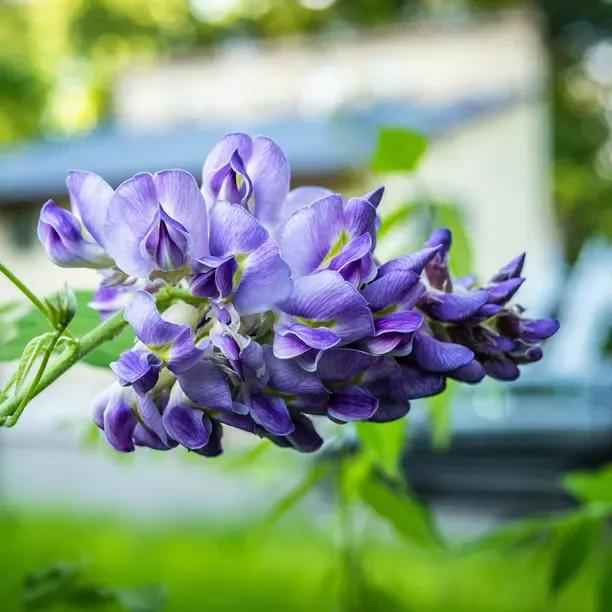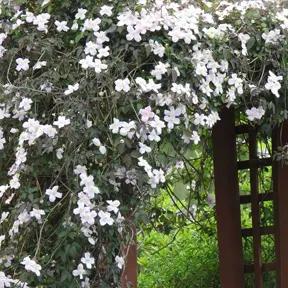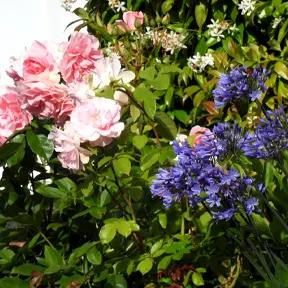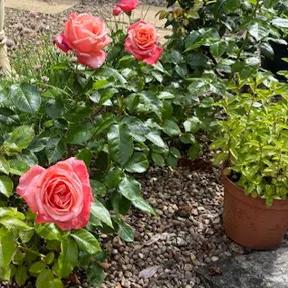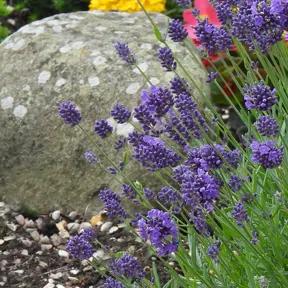Amethyst Chinese Wisteria
Wisteria sinensis
- Chinese Wisteria
- Beautiful violet blue flowers in May
- Will grow to 28' x 15'
- Lovely sweet perfume
- Fully hardy
- RHS Award of Garden Merit
Recommended extras
Description
Wisteria sinensis Amethyst
Wisteria sinensis Amethyst is a wonderful twining climbing plant producing red-tinged violet/blue flowers in May before the leaves appear. It has a strong sweet perfume, perfect for planting next to a seated area. Its growth is very vigorous and so it needs a sturdy support to support its weight. The new growth can be tinged bronze, gradually fading as the leaves age. It can also be trained as a specimen, on a frame in a large pot or planter, perfect for an entrance or in a sitting area.
Browse our variety of wisteria or our full range of climbing plants.
Features:
- Large deciduous healthy climber
- Beautiful violet blue flowers with a red flush in May
- Will grow to an eventual height and width of 28' x 15'
- Lovely delicate sweet perfume
- Fully hardy
- Needs support
- Sun or dappled shade
- Anti-clockwise twining
- RHS Award of Garden Merit
Growing Amethyst Wisteria
It will need sturdy support and so a pergola, pillar or wall with vine eyes and wires, spaced at 12" distances, will work well. It will also grow over established trees as long as it is kept in check.
It is fully hardy, but strong winds will damage the leaves and flowers, so a sheltered site is best. It will need a fertile, moist but well-drained soil and prefers sun, but dappled shade is fine.
Did You Know?
Amethyst crystals are a variant of quartz, silicon dioxide, that develops a purple-violet colour due to a combination of radiation and traces of other elements. In Europe, it used to be one of the five precious, cardinal gems along with diamonds, sapphires, rubies, and emeralds, but in the 1700's it turned out that it is very common in other regions, especially South America, so much so that even the highest grade of amethyst, Deep Russian, is nowhere near as valuable as the lower grades of other precious gems.
The name is derived from the Greek word for drunkenness or intoxication, methustos, and the Greek negating prefix a- (not the Old or Middle English prefix a-, which can mean several things depending on the word, for example alive, "in life", akin "of a kind" or "ashamed", which essentially emphasizes the verb to shame), in reference to the time that the Titaness Rhea, sister of Cronus and mother of the main Olympian gods, gave Dionysus a piece of Amethyst to help him with his drinking problem.
Planting Instructions
How to grow Wisteria sinensis Amethyst:
It will need a fertile, moist well-drained soil and a good root run. Plant in a hole substantially larger than the rootball and backfill with a multipurpose or suitable garden compost. Firm in well and water well. Mulch around the roots and feed with a general purpose fertiliser in spring and summer.
It will need the support of a pergola, pillar or vine eyes and wires when grown against a wall. The plant is vigorous with strong growth and so the support should be sufficiently sturdy.
It needs pruning twice a year. Two months after flowering the long shoots should be cut back to 5 or 6 buds from the stem and then, in mid-winter, it should be cut back again to 2 or 3 buds from the stem.
Look out for:
Generally disease free although it can be prone, on occasions, to leaf spot and powdery mildew. Watch for yellowing leaves and honeydew (sticky coating on leaves). If these are seen mealybugs may have infested the plant. Treat with a proprietary control.
All parts of the plant are poisonous and will cause severe stomach problems if ingested.
It's Summer Planting Season 2025
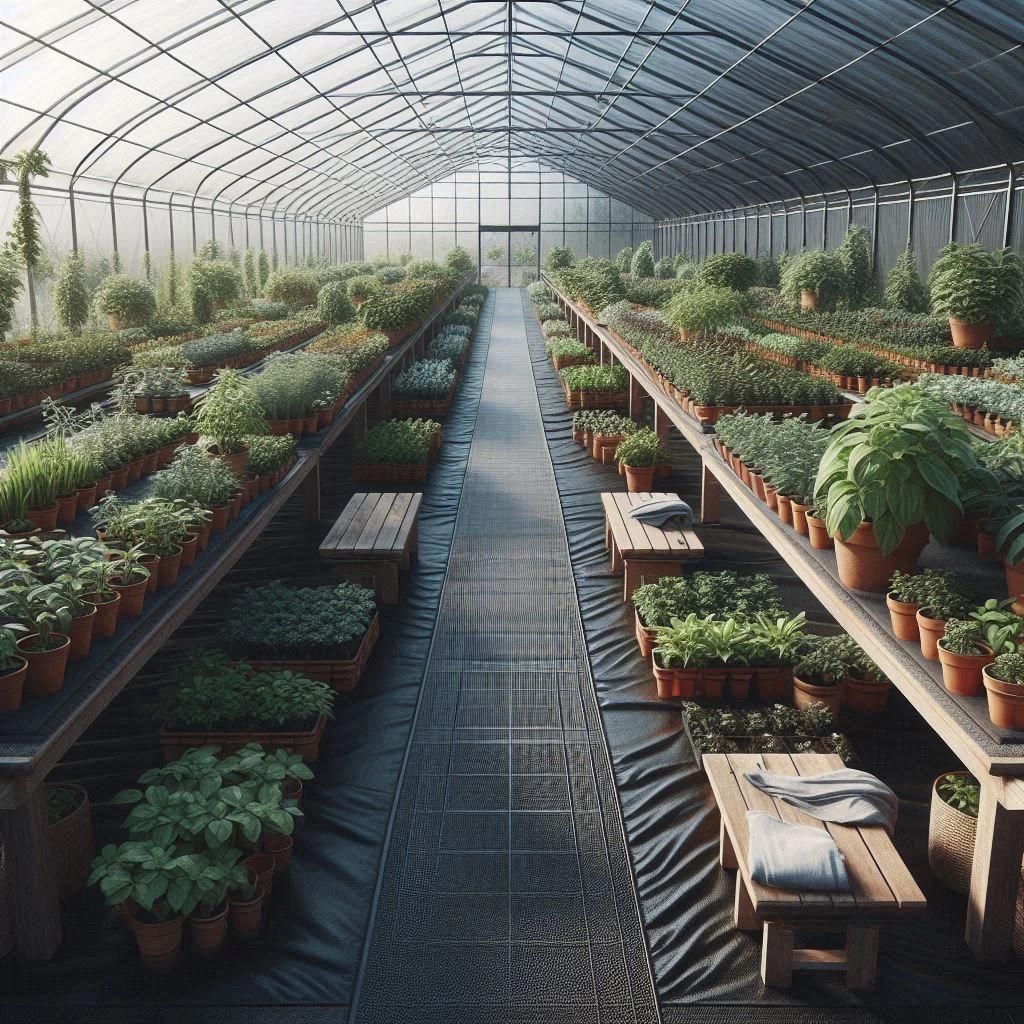
Pot Grown & Plug Plants Delivered
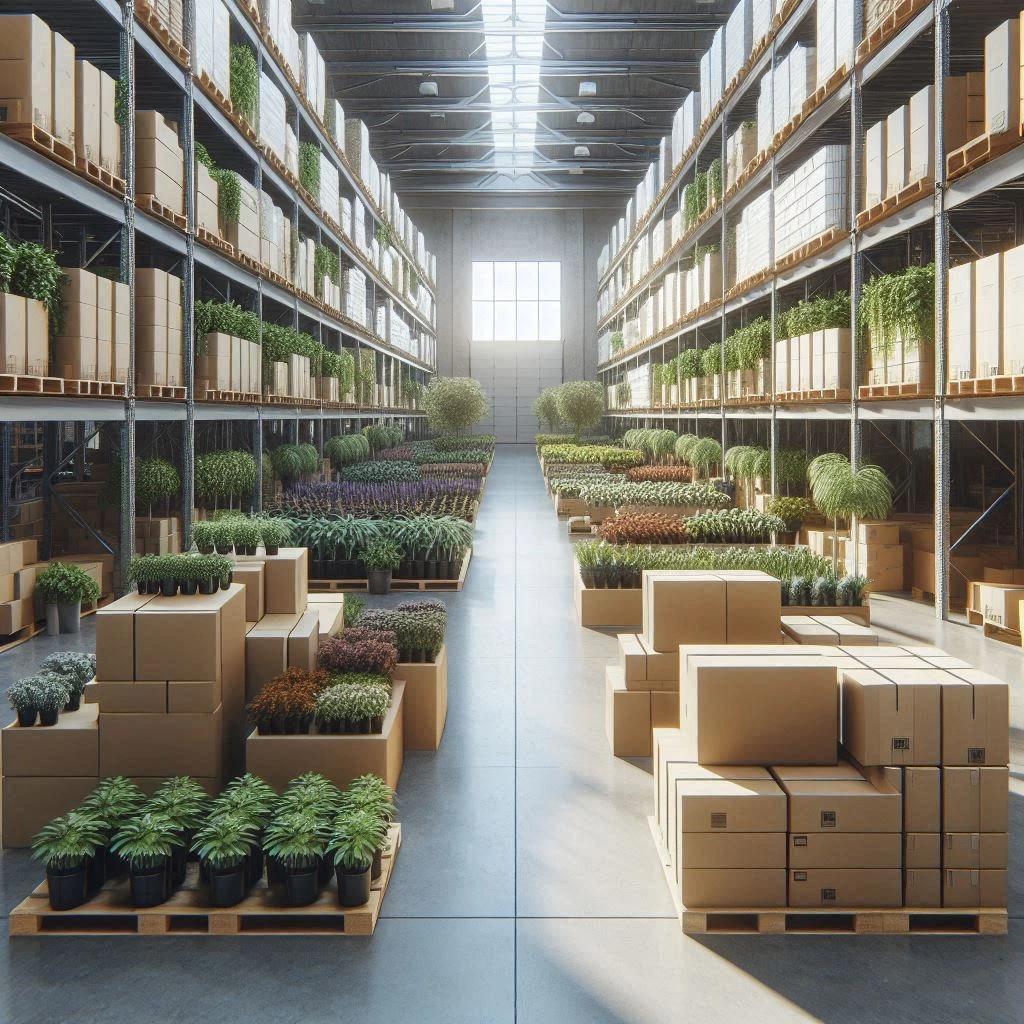
Direct from the Nursery Value

No more broken plants in the post!
